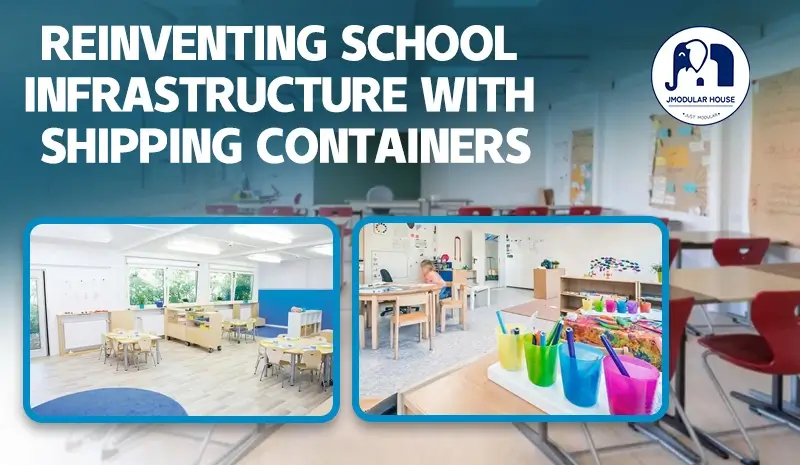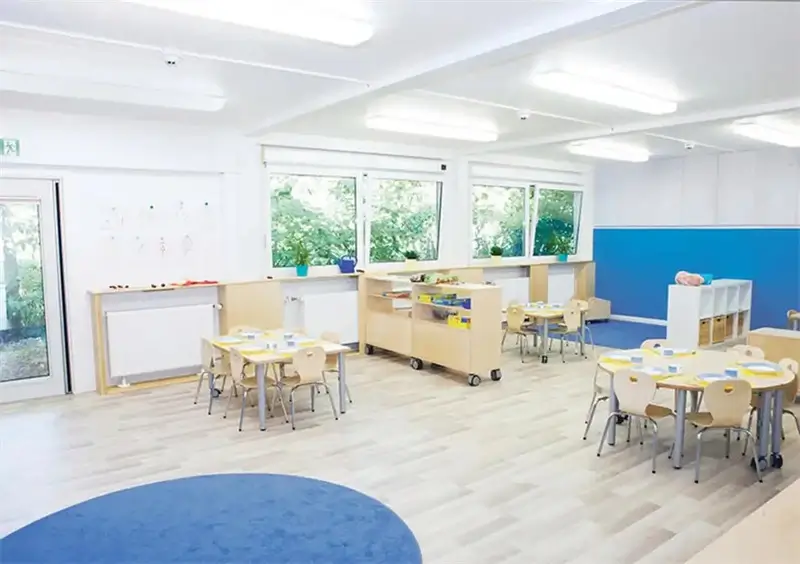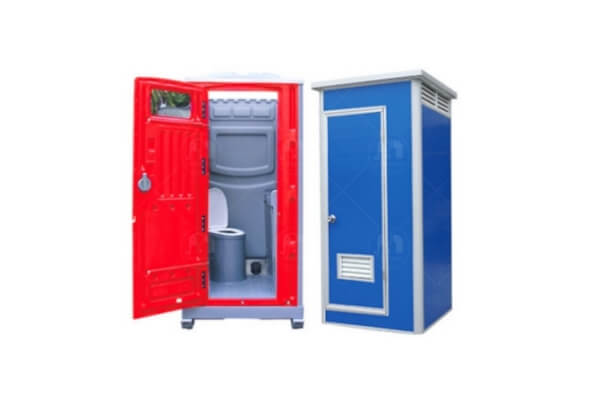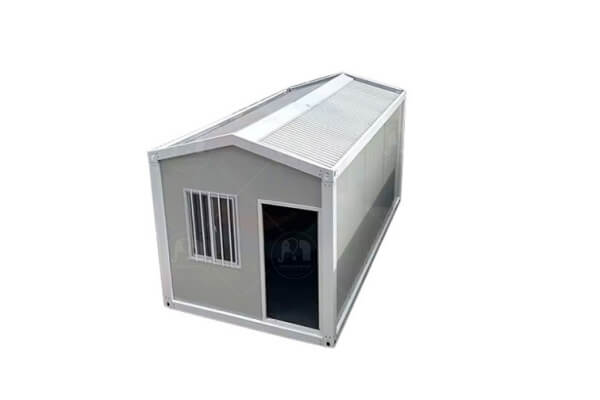Reinventando Infraestructura Escolar con Embarcar Envases
As urban populations surge and school enrollments outgrow aging facilities, shipping container classrooms offer a paradigm-shifting alternative. Beyond their temporary origins, these modular structures now represent permanent architecture with three game-changing attributes:

1. Accelerated Deployment for Growing Demands
Construction Timeline: While conventional schools take 1.5-2 years, container classrooms achieve 85% faster turnaround (170 days). This speed matters acutely in developing regions like Nigeria, where UNICEF reports 1 in 4 schools lacks adequate space.
Phased Expansion: Schools can add 2-4 modules per semester, matching enrollment growth without disruptive renovations.
2. Built-in Flexibility for 21st-Century Learning
Configurable Spaces: Walls slide open to transform classrooms into science labs or auditoriums within hours—a stark contrast to rigid concrete structures.
3. Circular Economy in Action
Material Efficiency: Each repurposed container saves 3,500kg of steel from scrap piles. The Netherlands’ “Container University” even uses retired refrigerated containers for climate-controlled labs.

End-of-Life Options: After decades of use, steel can be 100% recycled, unlike conventional construction waste.
With China alone repurposing 50,000+ containers annually for education, this approach isn’t just about temporary fixes—it’s redefining how we build learning spaces for a volatile future.












